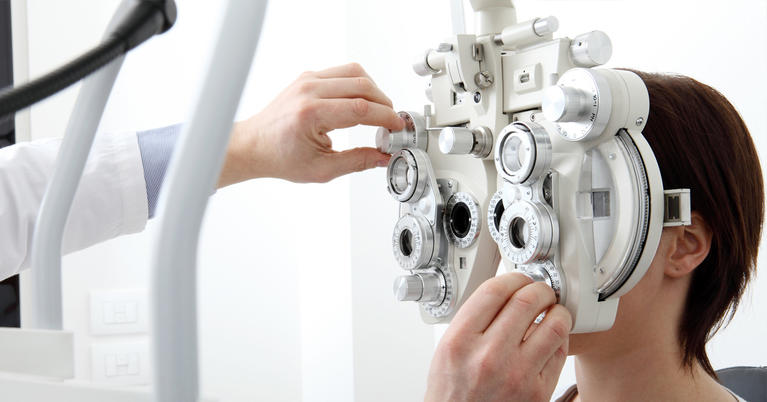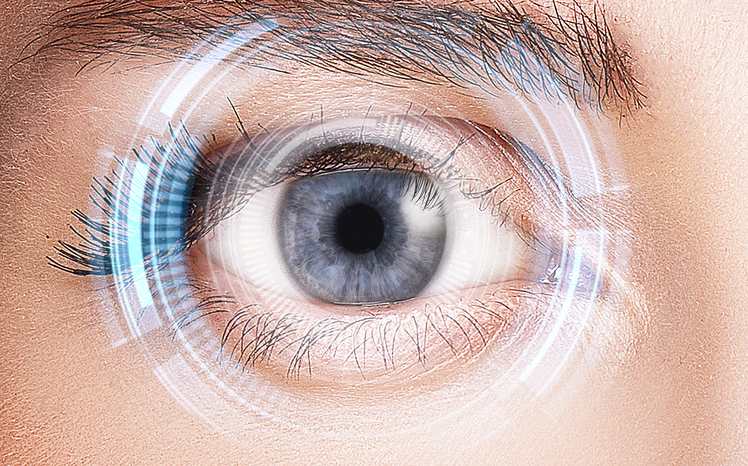Comprehensive Cataract Care Service: Expertise You Can Depend On
Every Little Thing You Required to Understand About the Most Current Technologies in Glaucoma Treatment and Eyecare
In the realm of ocular health and wellness, developments in the therapy and monitoring of glaucoma have actually been continuously evolving, paving the way for enhanced individual care and results. From cutting-edge diagnostic tools that provide unmatched insights into the disease development to cutting-edge medical strategies that guarantee higher precision and quicker recovery times, the landscape of glaucoma treatment is undergoing a significant transformation.
Advanced Diagnostic Technologies
Advanced diagnostic technologies play an essential role in the very early discovery and tracking of glaucoma, enabling for much more effective therapy and administration of the problem. Among these technologies, optical comprehensibility tomography (OCT) attracts attention as a non-invasive imaging strategy that supplies comprehensive cross-sectional photos of the retina, optic nerve head, and retinal nerve fiber layer. This high-resolution imaging aids medical professionals evaluate structural adjustments in the eye created by glaucoma, enabling them to interfere without delay.
Furthermore, visual area testing, such as automated perimetry, is an additional necessary analysis tool for assessing glaucoma-related vision loss - cataract care service. This test gauges the level of sensitivity of a patient's aesthetic field, aiding to identify any type of areas of vision loss or distortion. By integrating OCT imaging with visual field screening, doctor can get a detailed understanding of the disease's development and tailor therapy intends appropriately
Minimally Intrusive Surgical Procedures
In the world of glaucoma management, the focus changes towards minimally invasive medical procedures as an aggressive approach to attend to the progression of the problem following sophisticated analysis analyses such as optical coherence tomography (OCT) and aesthetic field testing. Minimally intrusive glaucoma surgical treatments (MIGS) have actually gained popularity as a result of their efficiency in lowering intraocular pressure while minimizing the dangers and recuperation times connected with conventional glaucoma surgical treatments. These treatments are generally performed with little cuts, typically combined with cataract surgery, making them less invasive and much more comfortable for clients.
Some typical MIGS treatments consist of trabecular micro-bypass stents, which boost the outflow of liquid humor, and micro-sized implants that improve drain in the eye. Furthermore, laser treatments such as discerning laser trabeculoplasty (SLT) supply a non-invasive alternative for decreasing intraocular stress. By including these minimally invasive methods into glaucoma administration, eye doctors can give people with reliable therapy alternatives that focus on security and quick recovery, inevitably enhancing long-lasting results for individuals with glaucoma.
Novel Medication Treatments
Arising drug treatments existing promising avenues for boosting the pharmacological administration of glaucoma, offering cutting-edge strategies to resolve intraocular stress control and disease development. One novel medicine therapy that has actually gathered focus is Rho kinase inhibitors.

Telemedicine and Remote Surveillance
With the development of novel drug therapies increasing the therapy landscape for glaucoma, the combination of telemedicine and remote tracking emerges as a pivotal part in improving client care and condition management. By utilizing telemedicine and remote surveillance, medical care suppliers can improve access to care, boost individual compliance, and detect possible problems early, leading to better refractive surgeries in al end results for people with glaucoma. Embracing telemedicine and remote surveillance in glaucoma administration represents a substantial improvement in optimizing person care and therapy effectiveness.
Personalized Therapy Methods
Progressing beyond standard one-size-fits-all approaches, individualized therapy techniques customized to individual client characteristics are transforming the monitoring of glaucoma. By personalizing treatment strategies based upon elements such as age, illness severity, way of life, and various other wellness conditions, ophthalmologists can optimize results and boost person satisfaction.
Customized therapy strategies in glaucoma involve an extensive evaluation of each individual's one-of-a-kind profile. This may include hereditary screening to recognize details threat factors, imaging techniques to assess structural modifications in the eye, and practical tests to review aesthetic area loss. By incorporating these individualized understandings, doctor can establish targeted interventions that deal with the underlying sources of glaucoma progression for each person.
Moreover, advancements in technology have enabled the growth of tailored therapy alternatives such as minimally invasive glaucoma surgical treatments (MIGS) tailored to the client's particular needs - hearing service near me. These procedures offer effective intraocular stress control with less issues, improving the overall top quality of take care of glaucoma clients. Embracing personalized therapy strategies notes a considerable paradigm change in glaucoma monitoring, highlighting accuracy medication to deliver customized remedies for far better individual outcomes
Conclusion
To conclude, the most current advancements in glaucoma treatment and eyecare consist of advanced analysis innovations, minimally invasive surgeries, unique drug treatments, telemedicine and remote monitoring, and tailored treatment techniques. These developments are reinventing the method we diagnose and deal with glaucoma, supplying more personalized and efficient alternatives for patients. By remaining current with these developments, healthcare experts can give better treatment and boost outcomes for people with glaucoma.

With the advancement of novel medication therapies increasing the treatment landscape for glaucoma, the combination of telemedicine and remote surveillance emerges as an essential component in improving person care and illness monitoring. cataract More Help care service. Accepting telemedicine and remote surveillance in glaucoma monitoring represents a considerable innovation in optimizing client treatment and therapy efficacy
In conclusion, the most recent technologies in glaucoma treatment and eyecare include progressed diagnostic technologies, minimally invasive surgical treatments, unique medicine treatments, telemedicine and remote surveillance, and personalized treatment methods.